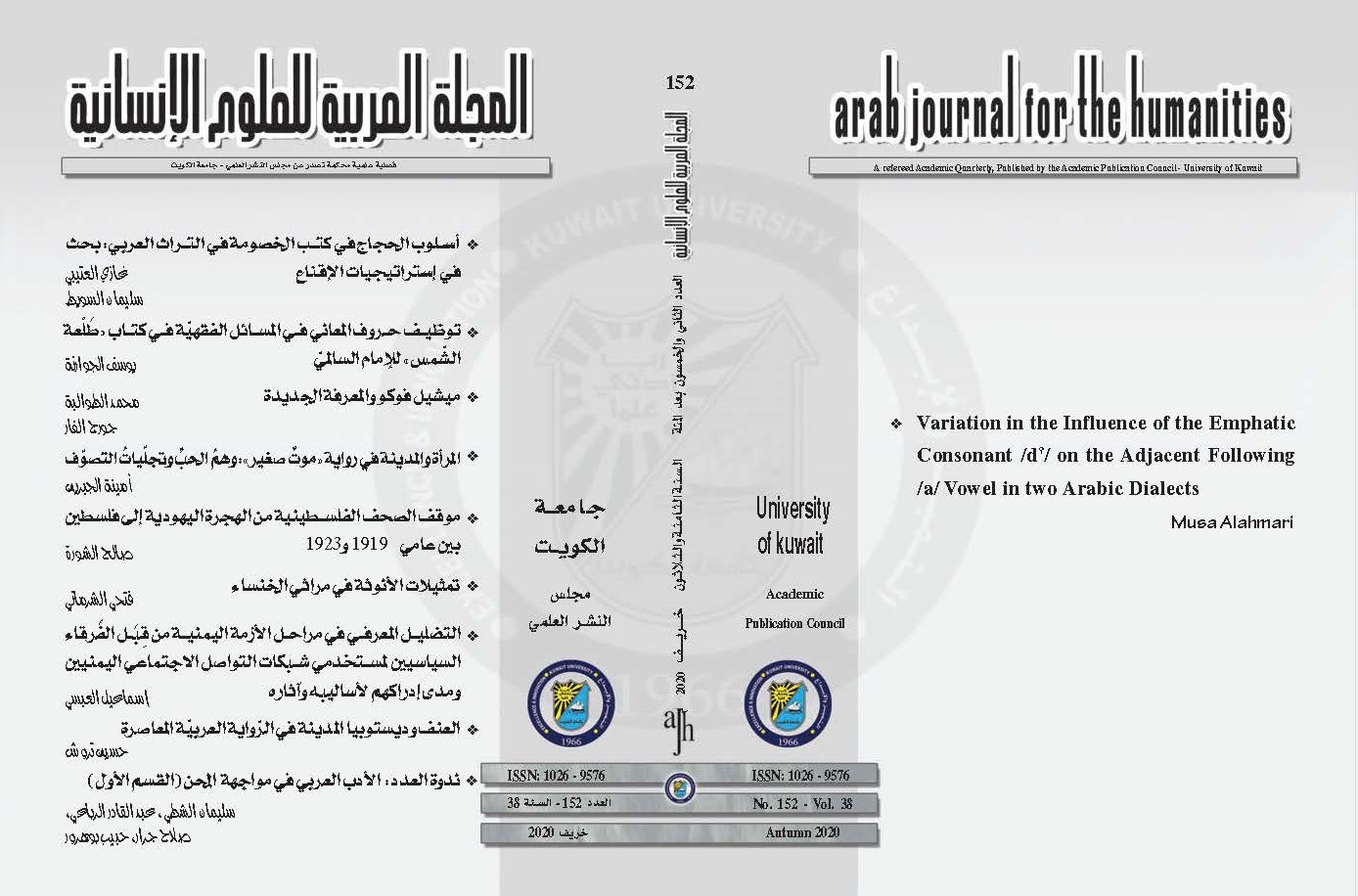Violence and the Dystopian City in the Contemporary Arabic Novel.
Résumé
In the Arabic novel, the city represents an arena for various subjects and a broad range of different thematic fields, including the social, political, and historical fields. These, in turn, are divided into several sub-themes whose stories revolve around the deep levels of thought in the course of the changes that occur in these fields and others.
One of the most important transformations that the Arabic novel has stood witness to is the phenomenon of violence that penetrated the contemporary Arab societies. Moreover, it contributed to directing the collective awareness towards new ideas that were not familiar to the novelistic text or its reader. The main characteristics of these ideas are fear, pain, and death.
With this new trend in the Arabic city novel, the phenomenon of ‘dystopia’ emerged, which stands in contrast to the utopian texts that dealt with the Arab revolutions, images of the ideal village, and the dreams of the bright future. Pessimism, despair and fear replaced those concepts, and the violent present has become a sign for a mysterious future.
















